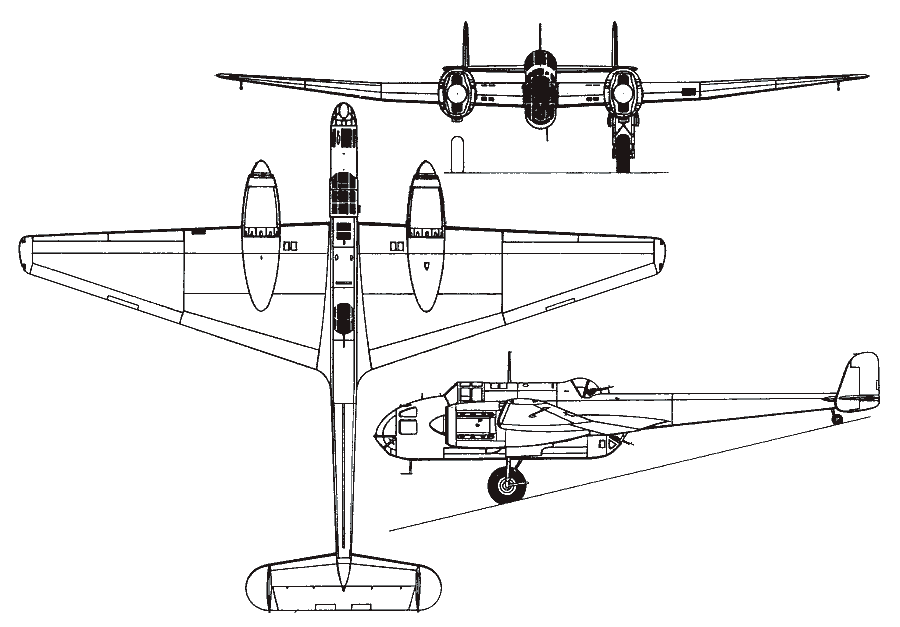- Yes
- No
Handley Page H.P.53 Hereford B.Mk.I

Vehicle Design and service history:
The H.P.53 Hereford was a derivative of the more well-known Handley Page HP.52 Hampden, which was one of the trio of large twin-engined bombers procured by the RAF in the mid 30s before the start of the Second World War, the others being the Whitley and Wellington. The Hereford came into being due to Air Ministry concerns regarding expected delays in the production of Bristol Pegasus engines. Because of this, possible setback, the Ministry ordered 152 additional Hampdens from Short & Harland at Belfast powered by the l,000 hp Napier Dagger sixteen-cylinder H-type in-line engines instead of the Pegasus radials. This order was done under specification 44/36, though due to the predicted issues with the Pegasus not manifesting, it was soon superseded in production by the Hampden.
The Hereford was identical to the Hampden in all ways other then its powerplant, which produced near identical performance compared to its Pegasus-powered Hampden cousins. Unfortunately, the Dagger was plagued with issues, which proved to be both overly noisy and unreliable, along with problems with proper cooling when on the ground, resulting in premature engine failure. These issues would never be properly resolved, and the majority of the intended Herefords were instead manufactured as Hampdens, with some of those already made being re-engined.
Due to the reliability issues, the remaining Herefords didn’t see front-line service, and instead entered squadron service within training units. Most of the Herefords were designated to No. 16 Operational Training Unit, RAF Upper Heyford, which began receiving the type in early 1940. The type was not successful, and the prematurely terminated production run would ultimately have the role of serving as spare parts for its Hampden cousins. serving as another casualty of British bureaucracy, as it was an aircraft made in an overly cautious response to a non-existent problem, resulting in an aircraft, unfortunately unneeded from the moment it rolled off the production line.
Vehicle specification:

ENGINE: 2 x Napier Dagger VIII, 746kW
WEIGHTS
Take-off weight 8070 kg 17791 lb
Empty weight 5300 kg 11685 lb
DIMENSIONS
Wingspan 21.08 m 69 ft 2 in
Length 16.33 m 54 ft 7 in
Height 4.55 m 15 ft 11 in
Wing area 62.06 m2 668.01 sq ft
PERFORMANCE
Max. speed 426 km/h 265 mph
Cruise speed: 277 km/h 172 mph
Ceiling 5790 m 19000 ft
Range w/max payload 1930 km 1199 miles
ARMAMENT
5 x 7.7mm Vickers K machine-guns, in the dorsal, ventral and nose positions
1 x 7.7mm Browning machine gun firing forwards
4,000 lb. (1814 kg.) of bombs internally.
By January 1940, hardpoints were added for two 500 lb. bombs added below the outer wings, provision for carrying mines or one 18 in. torpedo
Additional images:



Sources:
- Handley Page Hampden - Wikipedia (Wiki page for the type)
- Handley Page H.P.53 Hereford - bomber (Source of spec and additional info)
- Aviation photographs of Handley Page Hereford I : ABPic (Additional historical photos)
- Handley Page H.P.52 Hereford B.Mk.I (More history)
- HP 53 Herefold (Another historical source)




